Healing herbs garden: Imagine stepping outside your door and into a vibrant oasis, where the air is filled with the soothing scents of lavender, rosemary, and chamomile. Not just a pretty picture, but a practical reality where you can pluck fresh remedies straight from the earth! For centuries, cultures around the globe have revered the power of plants for their medicinal properties. From ancient Egyptians using aloe vera for skin ailments to Native Americans relying on echinacea for immune support, the knowledge of healing herbs has been passed down through generations.
But you don’t need to be an herbalist or have acres of land to tap into this ancient wisdom. I’m here to show you how easy it is to create your own thriving healing herbs garden, even in a small space. In today’s world, where we’re increasingly seeking natural and holistic approaches to wellness, having access to homegrown remedies is more valuable than ever. Think about it: no more rushing to the store for over-the-counter medications when you can simply harvest a few leaves from your garden to soothe a headache, calm your nerves, or boost your immunity.
This DIY guide is packed with simple, effective tricks and hacks that will empower you to cultivate your own personal pharmacy. Whether you’re a seasoned gardener or a complete beginner, I’ll walk you through everything you need to know, from choosing the right herbs to planting, caring for, and harvesting them. Get ready to unlock the incredible potential of nature and transform your outdoor space into a haven of health and well-being!
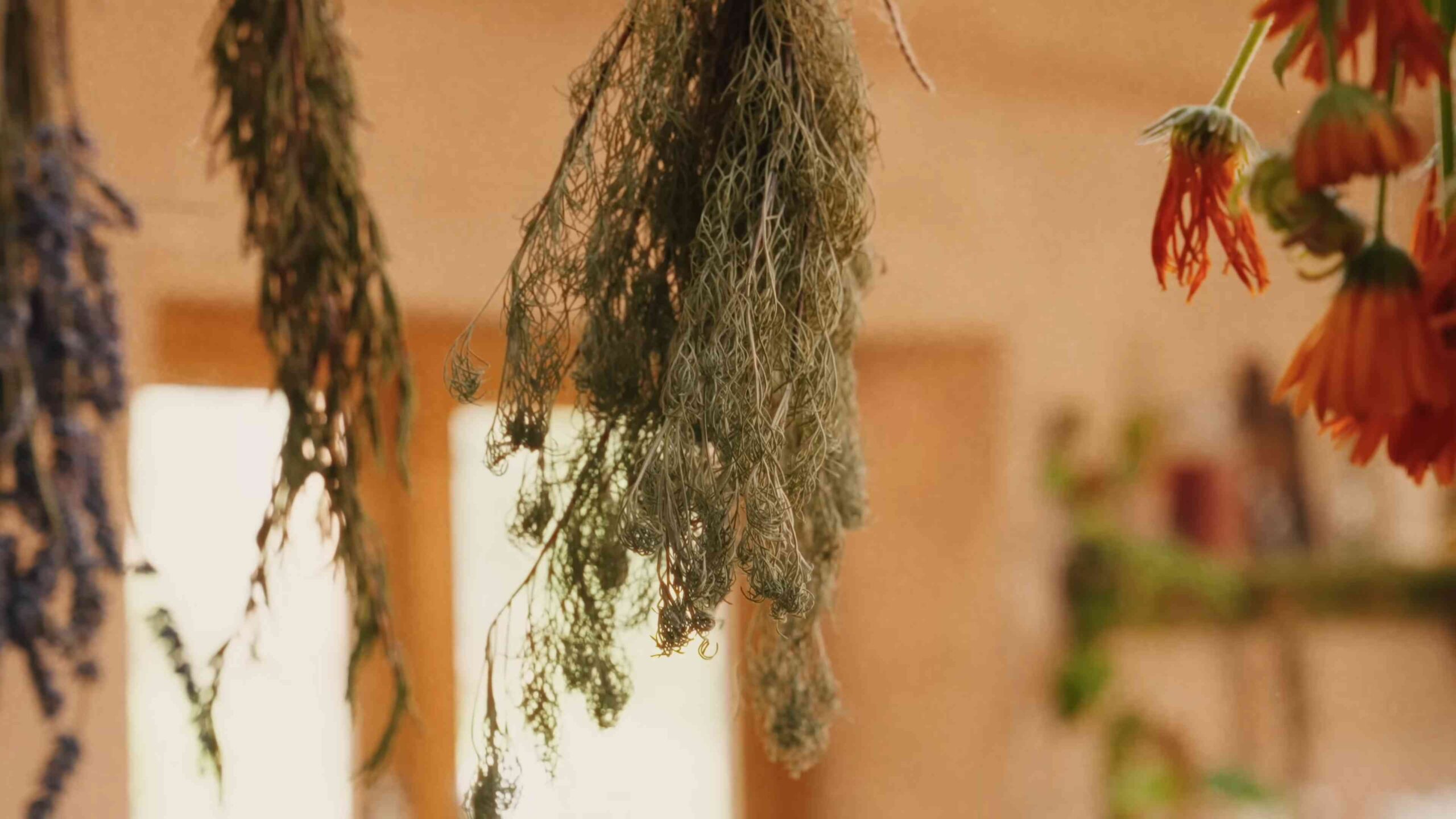
Creating Your Own Healing Herbs Garden: A DIY Guide
Hey there, fellow garden enthusiasts! I’m so excited to share my experience with creating a healing herbs garden. It’s not only a beautiful addition to your backyard, balcony, or even windowsill, but it’s also incredibly rewarding to have fresh, natural remedies right at your fingertips. This guide will walk you through every step, from planning to planting to caring for your very own medicinal herb haven.
Planning Your Healing Herbs Garden
Before you even think about getting your hands dirty, a little planning goes a long way. Consider these factors to ensure your herbs thrive:
* Sunlight: Most herbs need at least 6 hours of sunlight per day. Observe your chosen location throughout the day to determine how much sun it receives.
* Space: How much space do you have available? You can grow herbs in containers, raised beds, or directly in the ground.
* Soil: Herbs generally prefer well-draining soil. If your soil is heavy clay, you’ll need to amend it with compost or other organic matter.
* Water: Consider your watering habits. Some herbs prefer drier conditions, while others need more frequent watering.
* Climate: Choose herbs that are suitable for your climate zone. Research which herbs are hardy in your area and can withstand the local weather conditions.
* Herb Selection: Think about which herbs you’ll actually use. Do you want herbs for teas, cooking, or medicinal purposes? Some popular choices include:
* Lavender: Known for its calming properties and beautiful fragrance.
* Chamomile: A gentle herb used to promote relaxation and sleep.
* Mint: Refreshing and versatile, used for digestion and headaches.
* Rosemary: Stimulating and aromatic, used for memory and circulation.
* Thyme: Antiseptic and flavorful, used for coughs and sore throats.
* Echinacea: Immune-boosting herb, used to fight colds and flu.
* Calendula: Skin-soothing herb, used for cuts, burns, and rashes.
* Lemon Balm: Uplifting and antiviral, used for stress and herpes.
* Sage: Used for sore throats and memory enhancement.
* Basil: Flavorful and antioxidant-rich, used in cooking and for inflammation.
* Garden Design: Consider the aesthetics of your garden. You can create a formal herb garden with neat rows or a more informal, cottage-style garden. Think about the height and spread of each herb and arrange them accordingly.
Gathering Your Supplies
Once you have a plan, it’s time to gather your supplies. Here’s a list of what you’ll need:
* Herb Seeds or Seedlings: Choose high-quality seeds or healthy seedlings from a reputable source.
* Potting Soil or Garden Soil: Use a well-draining soil mix suitable for herbs.
* Containers (if applicable): Select containers with drainage holes.
* Gardening Gloves: Protect your hands from dirt and thorns.
* Gardening Tools: You’ll need a trowel, hand rake, and watering can or hose.
* Labels: Label your herbs so you know what you’re growing.
* Compost or Organic Fertilizer: To enrich the soil and provide nutrients.
* Mulch: To help retain moisture and suppress weeds.
Planting Your Healing Herbs
Now for the fun part – planting! Follow these steps to get your herb garden started:
Planting in Containers
1. Choose Your Containers: Select pots or containers that are appropriate for the size of the herbs you plan to grow. Make sure they have drainage holes to prevent waterlogging. I personally love using terracotta pots because they allow the soil to breathe.
2. Prepare the Soil: Fill your containers with a well-draining potting mix. You can also add some compost or organic fertilizer to enrich the soil.
3. Plant the Herbs: Gently remove the herb seedlings from their containers and loosen the roots. Dig a hole in the soil that is large enough to accommodate the root ball. Place the seedling in the hole and backfill with soil. Water thoroughly. If you’re starting from seed, follow the instructions on the seed packet for planting depth and spacing.
4. Label Your Herbs: Use labels to identify each herb. This will help you remember what you planted and how to care for it.
5. Place in Sunlight: Place your containers in a location that receives at least 6 hours of sunlight per day.
6. Water Regularly: Water your herbs regularly, especially during dry periods. Check the soil moisture by sticking your finger into the soil. If it feels dry, it’s time to water.
Planting in the Ground
1. Prepare the Soil: Choose a location in your garden that receives at least 6 hours of sunlight per day. Clear the area of weeds and debris. Amend the soil with compost or other organic matter to improve drainage and fertility.
2. Dig Holes: Dig holes that are large enough to accommodate the root balls of your herb seedlings. Space the holes according to the mature size of each herb.
3. Plant the Herbs: Gently remove the herb seedlings from their containers and loosen the roots. Place the seedling in the hole and backfill with soil. Water thoroughly. If you’re starting from seed, follow the instructions on the seed packet for planting depth and spacing.
4. Label Your Herbs: Use labels to identify each herb. This will help you remember what you planted and how to care for it.
5. Mulch: Apply a layer of mulch around your herbs to help retain moisture and suppress weeds.
6. Water Regularly: Water your herbs regularly, especially during dry periods. Check the soil moisture by sticking your finger into the soil. If it feels dry, it’s time to water.
Caring for Your Healing Herbs Garden
Once your herbs are planted, it’s important to provide them with the care they need to thrive. Here are some tips for maintaining your healing herbs garden:
* Watering: Water your herbs regularly, but avoid overwatering. Allow the soil to dry out slightly between waterings. The frequency of watering will depend on the weather, soil type, and the specific needs of each herb.
* Fertilizing: Fertilize your herbs occasionally with a balanced organic fertilizer. Avoid over-fertilizing, as this can lead to leggy growth and reduced flavor.
* Pruning: Prune your herbs regularly to encourage bushier growth and prevent them from becoming leggy. Pinch off the tips of the stems to promote branching.
* Weeding: Keep your herb garden free of weeds. Weeds compete with herbs for nutrients and water.
* Pest Control: Monitor your herbs for pests and diseases. If you notice any problems, take action promptly. You can use organic pest control methods, such as insecticidal soap or neem oil.
* Harvesting: Harvest your herbs regularly to encourage new growth and to enjoy their medicinal benefits. Harvest leaves in the morning, after the dew has dried.
Harvesting and Using Your Healing Herbs
Harvesting your herbs is one of the most rewarding parts of growing them. Here are some tips for harvesting and using your healing herbs:
* When to Harvest: Harvest herbs when they are at their peak flavor and potency. This is usually before they flower.
* How to Harvest: Use sharp scissors or pruning shears to harvest your herbs. Cut the stems just above a leaf node.
* Drying Herbs: To dry herbs, tie them in small bundles and hang them upside down in a cool, dry, and well-ventilated place. You can also dry herbs in a dehydrator or oven.
* Storing Herbs: Store dried herbs in airtight containers in a cool, dark, and dry place.
* Using Fresh Herbs: Fresh herbs can be used in teas, tinctures, salves, and other medicinal preparations. They can also be used in cooking to add flavor and aroma to your dishes.
Specific Herb Care Tips
Here are some specific care tips for some of the most popular healing herbs:
* Lavender: Lavender prefers well-draining soil and full sun. Prune lavender after flowering to encourage bushier growth.
* Chamomile: Chamomile prefers well-draining soil and full sun. Harvest chamomile flowers when they are fully open.
* Mint: Mint is a vigorous grower and can quickly spread. Plant mint in a container to prevent it from taking over your garden. Mint prefers moist soil and partial shade.
* Rosemary: Rosemary prefers well-draining soil and full sun. Prune rosemary regularly to encourage bushier growth.
* Thyme: Thyme prefers well-draining soil and full sun. Prune thyme after flowering to encourage bushier growth.
*
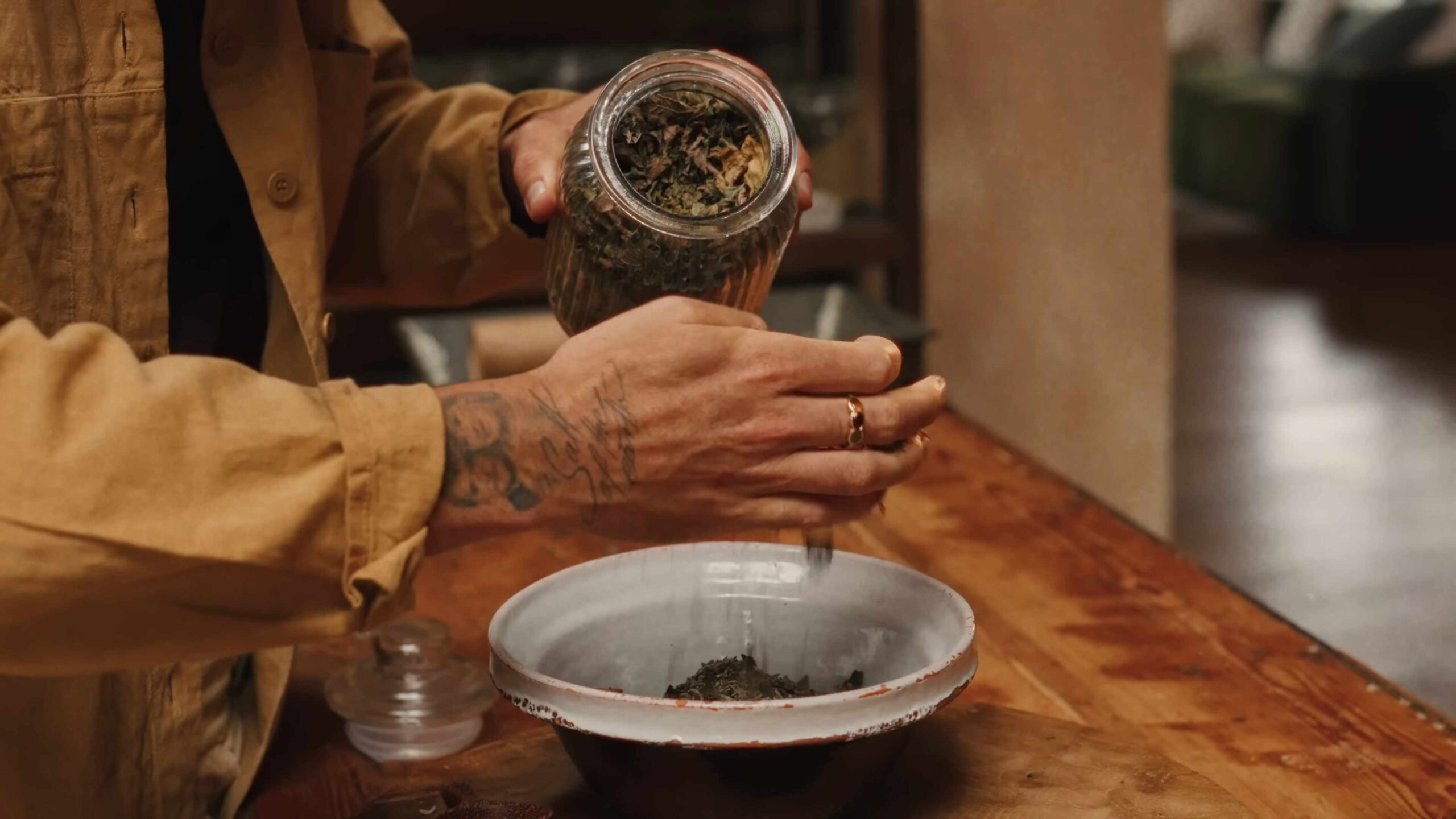
Conclusion
So, there you have it! Creating your own healing herbs garden isn’t just a fun project; it’s an investment in your well-being. Imagine stepping outside your door and having a readily available pharmacy of natural remedies at your fingertips. From soothing chamomile for a calming tea to potent rosemary for memory enhancement, the possibilities are truly endless.
This DIY project is a must-try because it empowers you to take control of your health in a sustainable and cost-effective way. You’re not just buying herbs from the store; you’re cultivating them with love and intention, ensuring their freshness and potency. Plus, the act of gardening itself is incredibly therapeutic, providing a much-needed dose of nature and mindfulness in our increasingly hectic lives.
But the benefits extend beyond personal well-being. A healing herbs garden is also a beautiful and fragrant addition to any outdoor space. It attracts pollinators like bees and butterflies, contributing to a healthier ecosystem. And it’s a fantastic conversation starter, allowing you to share your knowledge and passion for natural healing with friends and family.
Now, let’s talk about variations. Don’t feel limited to the herbs we’ve discussed. The beauty of a DIY project is its adaptability. Consider incorporating herbs like echinacea for immune support, lemon balm for stress relief, or calendula for skin healing. You can also experiment with different planting methods, such as container gardening for small spaces or raised beds for improved drainage. Think about companion planting, pairing herbs that benefit each other, like basil and tomatoes.
For those with limited space, a vertical herb garden is an excellent option. You can use repurposed pallets, hanging planters, or even a simple wall-mounted trellis to create a stunning and functional display. Remember to choose a sunny location that receives at least six hours of sunlight per day.
Another variation is to focus on specific health concerns. For example, you could create a “sleep garden” with herbs like lavender, chamomile, and valerian root, all known for their calming and sleep-promoting properties. Or you could design a “digestive aid garden” with herbs like peppermint, ginger, and fennel, which can help soothe digestive discomfort.
The key is to tailor your healing herbs garden to your individual needs and preferences. Don’t be afraid to experiment and try new things. Gardening is a journey of discovery, and there’s always something new to learn.
We wholeheartedly encourage you to embark on this rewarding DIY project. Start small, be patient, and enjoy the process. Witnessing the growth of your own healing herbs is an incredibly satisfying experience.
Once you’ve created your own healing herbs garden, we’d love to hear about your experience! Share your photos, tips, and challenges in the comments below. Let’s create a community of passionate gardeners who are dedicated to harnessing the power of nature for health and well-being. What herbs did you choose? What challenges did you face? What successes did you celebrate? Your insights can inspire and help others on their own gardening journeys. Let’s grow together!
FAQ
What exactly is a “healing herbs garden,” and why should I create one?
A healing herbs garden is a dedicated space, whether large or small, where you cultivate herbs known for their medicinal properties. Instead of relying solely on store-bought remedies, you have fresh, potent ingredients readily available for teas, tinctures, salves, and culinary uses. Creating one offers several advantages:
* **Freshness and Potency:** Homegrown herbs are often more potent than dried, store-bought varieties, as they haven’t lost their essential oils and medicinal compounds during processing and storage.
* **Cost-Effectiveness:** Over time, growing your own herbs can save you money compared to purchasing them regularly.
* **Control Over Ingredients:** You know exactly what goes into your herbs – no pesticides, herbicides, or artificial fertilizers.
* **Therapeutic Gardening:** The act of gardening itself is therapeutic, reducing stress and promoting well-being.
* **Sustainability:** Growing your own herbs reduces your environmental impact by minimizing transportation and packaging.
What are the best herbs to include in a beginner’s healing herbs garden?
For beginners, it’s best to start with easy-to-grow and versatile herbs. Here are a few recommendations:
* **Chamomile:** Known for its calming and sleep-promoting properties. Easy to grow from seed and prefers full sun.
* **Mint:** A refreshing herb that aids digestion. Be careful, as it can be invasive; grow it in a container. Prefers partial shade.
* **Rosemary:** Enhances memory and concentration. Requires well-drained soil and full sun.
* **Lavender:** Calming and relaxing, also repels moths. Needs full sun and well-drained soil.
* **Basil:** A culinary staple with anti-inflammatory properties. Prefers warm weather and full sun.
* **Thyme:** An antiseptic and expectorant. Thrives in well-drained soil and full sun.
* **Sage:** Supports memory and cognitive function. Requires full sun and well-drained soil.
How much space do I need for a healing herbs garden?
You don’t need a large yard to create a healing herbs garden. Even a small balcony or patio can accommodate several herbs in containers. Consider the mature size of each herb when planning your garden. Some herbs, like mint, are best grown in containers to prevent them from spreading aggressively. Vertical gardening is also a great option for small spaces.
What kind of soil and sunlight do healing herbs need?
Most herbs prefer well-drained soil and at least six hours of sunlight per day. However, some herbs, like mint and parsley, can tolerate partial shade. Amend your soil with compost or other organic matter to improve drainage and fertility. If you’re growing herbs in containers, use a high-quality potting mix.
How often should I water my healing herbs garden?
Water your herbs regularly, especially during dry spells. The frequency of watering will depend on the type of herb, the soil, and the weather conditions. Check the soil moisture before watering; it should be slightly moist but not waterlogged. Avoid overwatering, as this can lead to root rot.
How do I harvest and store my healing herbs?
Harvest herbs in the morning, after the dew has dried but before the sun gets too hot. This is when their essential oils are most concentrated. Use sharp scissors or pruning shears to cut the stems. To dry herbs, hang them upside down in a cool, dark, and well-ventilated place. Once they are completely dry, store them in airtight containers in a cool, dark place. You can also freeze herbs for later use.
Are there any herbs I should avoid growing if I have certain health conditions or take medications?
Yes, some herbs can interact with medications or exacerbate certain health conditions. It’s always best to consult with a healthcare professional or qualified herbalist before using herbs for medicinal purposes, especially if you have any underlying health conditions or are taking medications. For example, St. John’s Wort can interact with many medications, and pregnant women should avoid certain herbs like pennyroyal and sage.
How can I protect my healing herbs garden from pests and diseases?
Prevention is key when it comes to pests and diseases. Choose disease-resistant varieties of herbs, and provide them with proper growing conditions. Water your herbs at the base of the plant to avoid wetting the foliage, which can promote fungal diseases. Inspect your plants regularly for signs of pests or diseases, and take action promptly. Organic pest control methods, such as insecticidal soap or neem oil, can be effective for controlling many common pests.
Can I use my homegrown herbs for cooking and making teas?
Absolutely! Homegrown herbs are perfect for both cooking and making teas. Fresh herbs add flavor and aroma to your favorite dishes. To make tea, simply steep fresh or dried herbs in hot water for a few minutes. Experiment with different combinations of herbs to create your own unique blends.
How do I encourage my healing herbs garden to thrive?
Regularly prune your herbs to encourage bushier growth and prevent them from becoming leggy. Fertilize your herbs with a balanced organic fertilizer every few weeks. Remove any dead or diseased leaves promptly. Mulch around your herbs to help retain moisture and suppress weeds. And most importantly, spend time in your garden, observing your plants and enjoying the process. The more you connect with your garden, the more it will thrive.


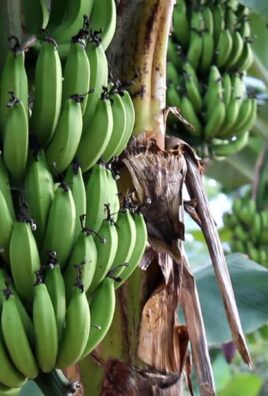
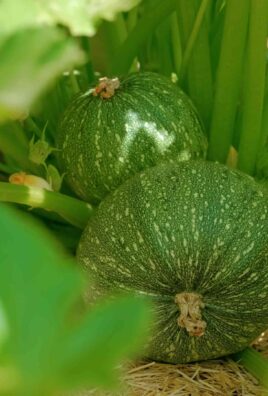
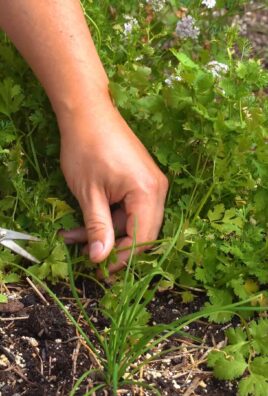
Leave a Comment